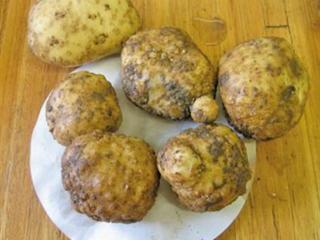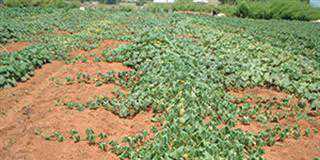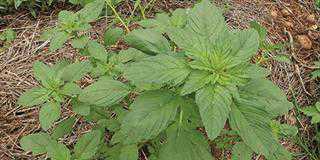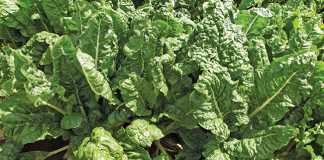
With more than 28 000 species described and many more believed to be awaiting discovery, nematodes are generally regarded as the number one pest in the world, with most crops susceptible to one or more species. Potatoes are no exception and are vulnerable to a considerable number of species.
Most aren’t of much economical consequence in South Africa, but a few are. And these cause losses through affecting the plant’s growth as well as damaging the potato itself. In other words, whereas other pests just cause losses due to poorer plant performance, with nematodes we’re hit by a double whammy!
Widespread
The most well known is the root-knot eelworm (Meloidogyne spp.). Six species can attack potatoes, but the usual culprits are M. incognita and M. javanica, which target a number of crop species. They’re extremely widespread and also attack a number of weeds as well, so don’t think you won’t have problems if you plough virgin veld.
Also common is the lesion nematode (Pratylenchus penetrans). Very widespread, it’s not easily identified by growers as it doesn’t cause the round swellings on the roots associated with the root-knot species. Instead, it makes reddish brown lesions on the roots, while small, round lesions develop on the potato skin close to maturity. This nematode is also closely associated with Verticillium wilt. When these occur at the same time, the affects of each are greatly multiplied.
Infestation
With nematodes, infestation occurs in patches. You will often find these just before the crop is to be irrigated as they’ll show drought symptoms before the rest of the land. They’ll also be a lighter colour due to a compromised root system. Crop rotation is the most economical way of reducing this hazard as well as certain potato diseases. As many other crops are also nematode hosts, check the root system of a crop at an advanced stage before following with potatoes.
If in doubt, it’s worth spending about R250 on a soil test to determine the species and population. The ARC provides such a service. Potatoes are too expensive to grow to take a chance. Nematodes are likely to be a much greater hazard in lighter (sandier) soils and in warmer conditions. Due to their rapid life cycle they can reach six generations in a season. The earlier maturing the potato variety, the fewer the lesions you can expect.
Chemicals
In some cases, you’ll have to carry out chemical control. This can be by applying a fumigant prior to planting, or using products which can be applied at or after planting. These come at a hefty cost on top of an already expensive crop, so discuss your options with a crop chemical specialist. Apart from those just discussed, there’s another nematode species which any potato grower should know about – the potato cyst or golden eelworm (Globodera rostochiensis).
Round, off-white, pinhead-size females protrude from the roots and then gradually develop a golden brown colour. If you find this species on your farm, you’re required to report it to the authorities as the area will have to be quarantined. This nematode will drastically reduce yields.
Furthermore, if it becomes widespread it can affect exports to many countries. If you plant uncertified seed potatoes, nematodes are a real risk and you should take care to examine the tubers for any lesions. You don’t want to introduce a species which doesn’t occur on your farm, and which can affect subsequent crops as well.
Contact Bill Kerr at [email protected]. Please state ‘Vegetable production’ in the subject line of your email.












